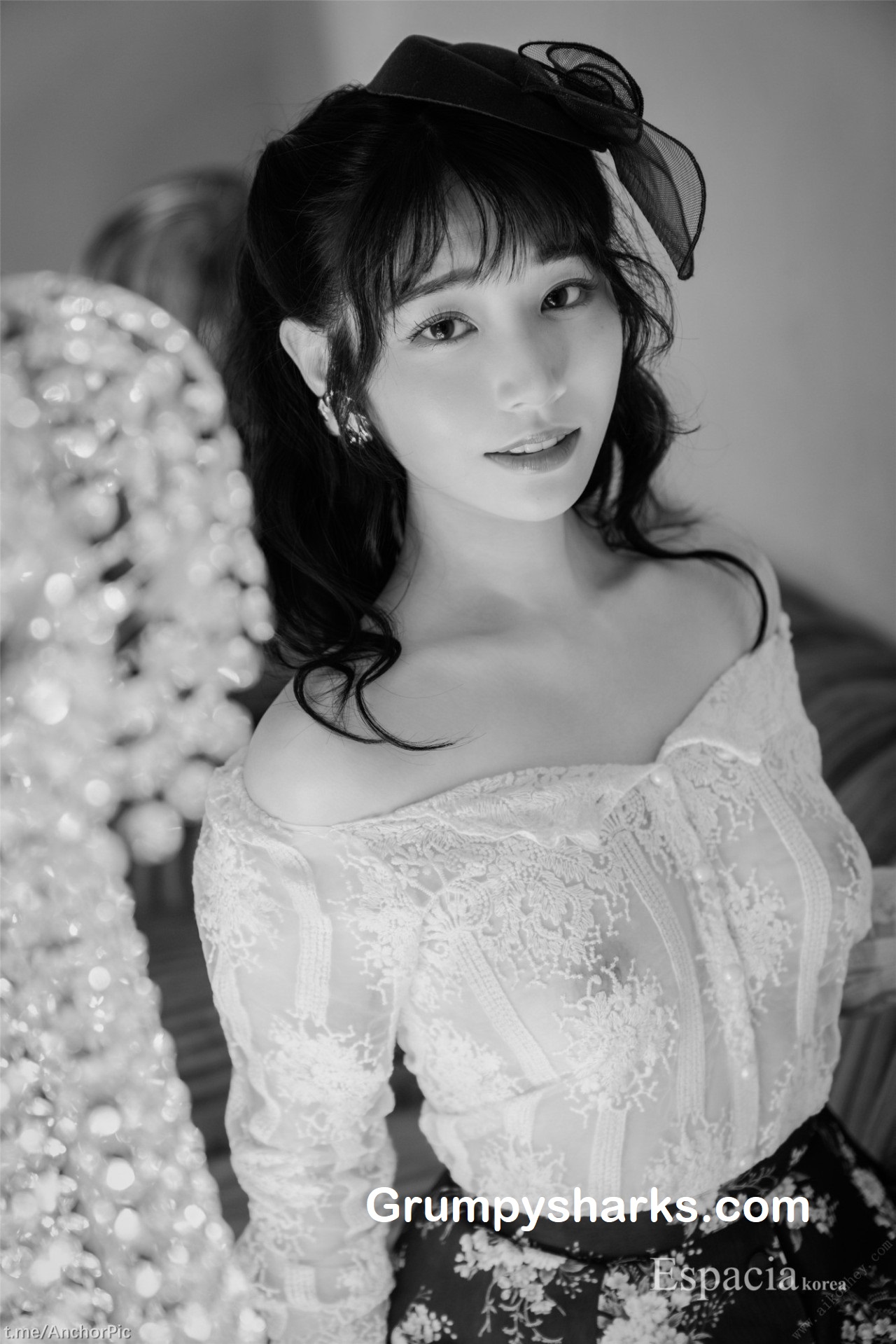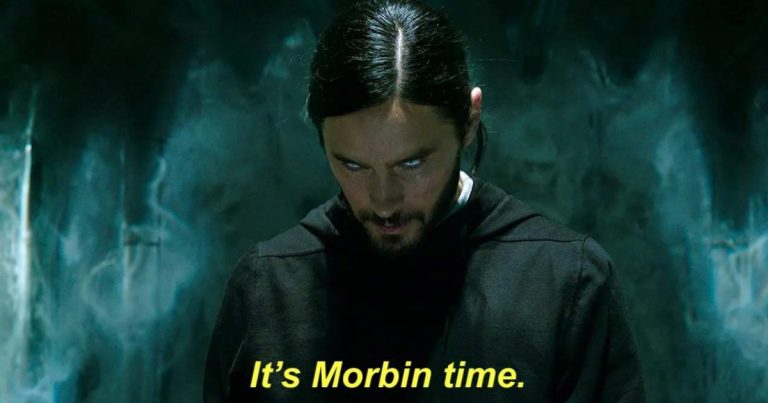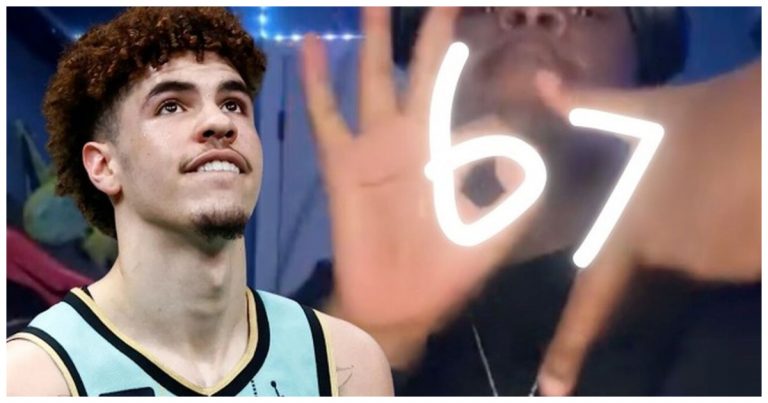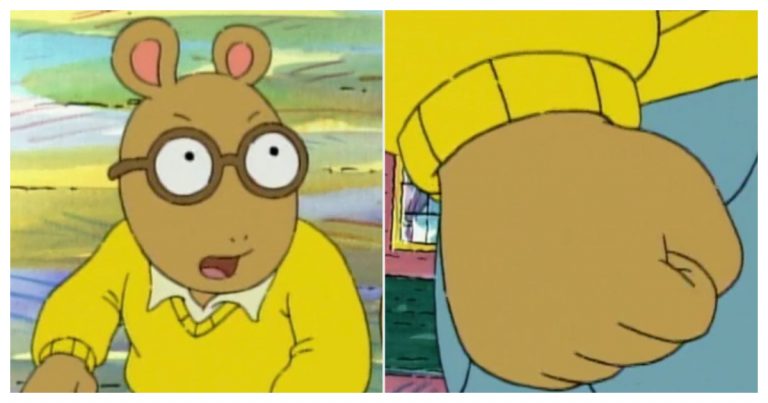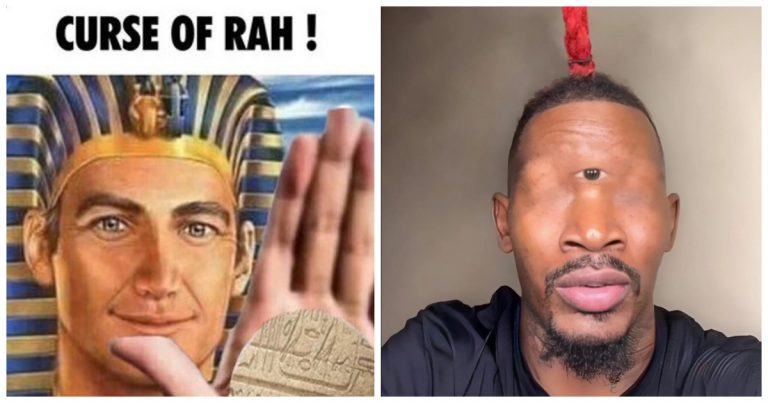Saika Kawakita Smile Meme EXPLAINED: Meaning, Origins, and Its Link to the Light Skin Stare and Rizz Culture
The Saika Kawakita Smile meme has become a viral favorite online, blending subtle expression with over-the-top interpretation. Often paired with references to the Light Skin Stare meme and “unspoken rizz,” it’s used to parody silent flirtation, fake confidence, or exaggerated charm.
In this article, we break down the meme’s meaning, trace its origins, and explore how it connects to broader internet trends around rizz culture and visual parody.
#1 What Is the Saika Kawakita Smile Meme?
The Saika Kawakita Smile meme is a viral reaction format that features Japanese actress Saika Kawakita smiling sweetly, often with captions that deliver a dark or ironic twist. The humor comes from the contrast between her soft, innocent expression and text that implies manipulation, guilt-tripping, or emotional games—like “Me after gaslighting him into thinking it was his fault.”
Popular across TikTok, Twitter, and meme pages, the format has become a go-to for toxic relationship jokes, dark humor, and self-aware confessionals that blur the line between charm and chaos.
#2 What Is the Origin Of Saika Kawakita Smile Meme?
The Saika Kawakita Smile meme originated from a short video clip or still image of Japanese actress Saika Kawakita smiling gently with a closed-mouth expression. The clip was taken from a Japanese adult video (JAV) but quickly spread out of context on platforms like Twitter and Reddit in early 2023. Users began repurposing the image as a reaction meme, pairing it with dark, ironic, or manipulative captions.
Despite its NSFW origin, the meme is almost always used in a clean and humorous way—focused more on emotional irony than explicit content. Like many other viral reaction faces, the original source has largely faded into the background, with the meme now standing on its own as a symbol of sweet-looking chaos.
#3 How Is Saika Kawakita Smile Meme Connected to Rizz Culture?
The Saika Kawakita Smile meme connects to rizz culture through its ironic twist on nonverbal seduction and emotional control.
While “rizz” usually refers to charm, flirtation, or silent confidence (unspoken rizz), this meme flips that idea—using a soft, innocent smile to suggest manipulative power or subtle emotional dominance. It’s not about attracting someone with confidence, but about keeping the upper hand while appearing harmless.
In many meme captions, Saika’s sweet expression is paired with lines like “Me after manipulating the entire situation and still looking innocent” or “When she smiles like that, you know it’s over.”
These jokes lean into the same visual language as Light Skin Stare memes—facial expressions that convey power without words—but with a feminine, ironic edge. In this way, the meme becomes part of the wider rizz conversation, not as a direct flirtation tactic, but as a playful take on emotional influence, performance, and social charm.
#4 What Are the Meme Variations and Viral Formats of Saika Kawakita Smile Meme?
The Saika Kawakita Smile meme has become a highly adaptable reaction format, seen across Twitter, Reddit, Instagram, and TikTok. At the center is Kawakita’s calm, sweet smile—often paired with captions that suggest gaslighting, passive aggression, or emotionally detached manipulation.
This tension between her innocent look and the toxic undertone of the caption is what drives the meme’s dark humor appeal. Formats range from image macros and POV memes to TikTok confessionals and two-panel edits.
Most variations fall into three key categories:
-
Emotional bait-and-switch – sweet face + harsh caption → visual irony: The meme thrives on contrast, drawing laughs from the unexpected pairing of a gentle smile with captions like “Me after blaming him and making him apologize.”
-
Toxic confession humor – mock villainy → relatable satire: Users often write confessional captions like “Me after manipulating the group chat,” using the meme to admit to pettiness or calculated behavior in a funny, self-aware way.
-
Multi-character formats – dialogue contrast → meme storytelling: In two-panel formats, Kawakita’s smile is shown as the smug or final response to a dramatic or clueless first panel, reinforcing her as the calm mastermind of the moment.
#5 What Does the Saika Kawakita Smile Meme Say About Culture—And Why Is It Ironic?
The Saika Kawakita Smile meme reflects how internet culture blends emotional contradiction, dark humor, and self-aware performance into relatable content. It taps into a cultural fascination with duality—how someone can look innocent while hiding calculated or morally grey intentions. This visual-versus-caption tension mirrors modern online behavior, where sincerity and sarcasm constantly overlap.
The irony lies in the contrast: Kawakita’s gentle, sweet expression is paired with captions that reveal manipulation, emotional detachment, or petty revenge. It’s a digital wink—viewers know the image looks pure, but the message is anything but.
This layered humor resonates with audiences who enjoy poking fun at their own flaws, overthinking, or villain-era moments. In a culture where vulnerability, confidence, and toxicity are often posted side by side, the meme serves as a perfect snapshot of how we cope with emotional chaos—by laughing at it.
#6 How Did the Saika Kawakita Smile Meme Spread Globally—And What Role Did Celebrities Play?
The Saika Kawakita Smile meme spread worldwide through platforms like Twitter, Reddit, TikTok, and Instagram, thanks to its universally relatable expression and flexible emotional tone. Although Kawakita is known in Japanese adult entertainment, the meme stripped away that context, turning her soft, ambiguous smile into a reaction template for humor, irony, and emotional contradictions.
Unlike trends driven by celebrities, this meme went viral through community sharing, with large meme pages and influencers helping it reach broader audiences. It quickly fit into popular formats like “toxic girlfriend memes,” “gaslighting confessions,” and “me pretending” templates.
Its global reach came from three major factors:
-
Visual universality – subtle smile → global relatability: The expression is emotionally readable without needing language or cultural references.
-
Platform amplification – meme pages + TikTok trends → rapid spread: Big accounts and short-form video edits accelerated its visibility.
-
Meme archetype compatibility – fits into toxic humor and confession memes: It easily merged with popular meme formats, making it endlessly reusable.
#7 Conclusion
The Light Skin Stare meme stands out as a defining mix of parody, performance, and cultural commentary, making it one of TikTok’s most iconic trends of the 2020s. What started as a playful jab at unspoken rizz and exaggerated masculinity quickly grew into a global meme—spanning anime edits, celebrity reactions, and viral challenges.
Its success lies in its self-aware humor and universal expression, able to shift from flirtation to roast in a single stare. In a world obsessed with image, the Light Skin Stare proves that sometimes, all it takes is eye contact—and a bit of irony—to break the internet.



